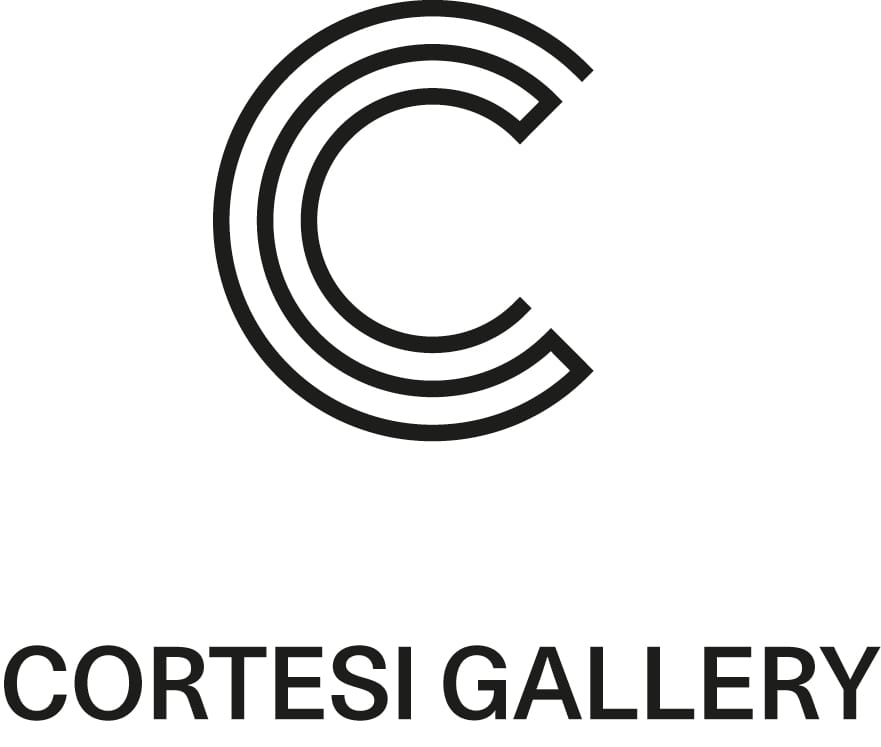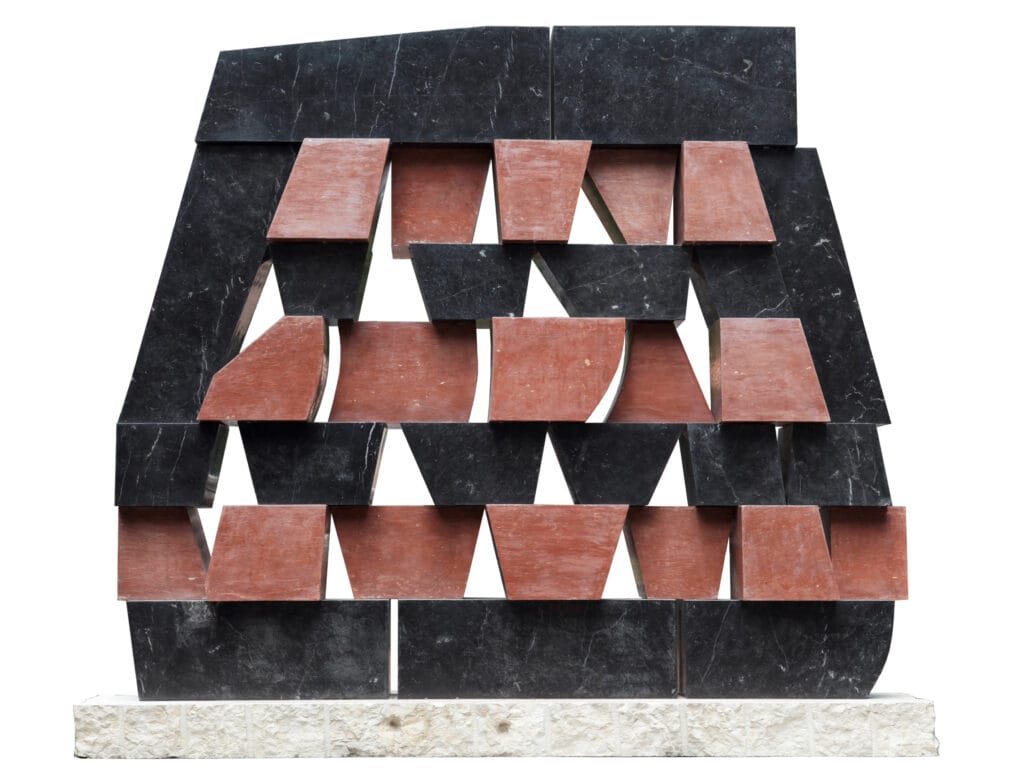Pietro Consagra (1920-2005) touched, like few other artists of the last century, all aspects of artistic creation. After attending the Academy of Fine Arts in Palermo, he settled in Rome in 1944. In 1946, he travelled to Paris, and in 1947, he was among the founders of the Forma group, the first group of postwar abstract artists in Italy. Two years later, he exhibited at the Peggy Guggenheim Collection in Venice, which acquired one of his works. During these years, he embraced sculpture’s frontal and synchronic vision, establishing a philosophy of the surface, built with thin planes placed next to or on top of each other. The bronzes he presented at the Venice Biennale in 1954, 1956, and 1960 were titled “”Colloqui”” and made him internationally known. In 1962, he exhibited at the Solomon Guggenheim Museum in New York, and in 1959 and 1964, he participated in Documenta in Kassel. From 1964 to 1967, in contrast to Pop Art, he created sculptures in iron painted in pink, lilac, carmine, violet, white, and black, which were exhibited in 1965 at the IX Quadriennale d’Arted’Arte in Rome and, in 1967, at the Boijmans Van Beuningen Museum in Rotterdam, at the Marlborough Gerson Gallery, and the Solomon Guggenheim Museum in New York. In 1968, he created the “Città Frontale ” and intensified his use of marble shortly thereafter. After receiving the sculpture prize at the Venice Biennale in 1960, he exhibited again in 1964, 1972, 1982, and 1993. In Gibellina, he created the 28-meter-high steel ” Stella,” the “Meeting” building, and the unfinished “Teatro.” In 1989, the National Gallery of Modern Art in Rome dedicated a retrospective to him, followed by a solo exhibition at the Hermitage Museum in St. Petersburg in 1991 and at the Palazzo di Brera in Milan in 1996, where he installed a large “Porta.” He placed “Giano” in Rome, at Largo S. Susanna, in 1997, and “Doppia Bifrontale” in Strasbourg, in front of the European Parliament in 2003.

